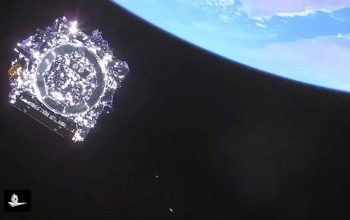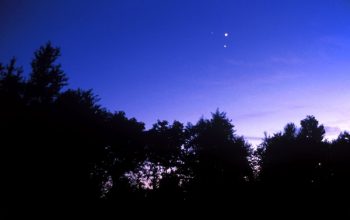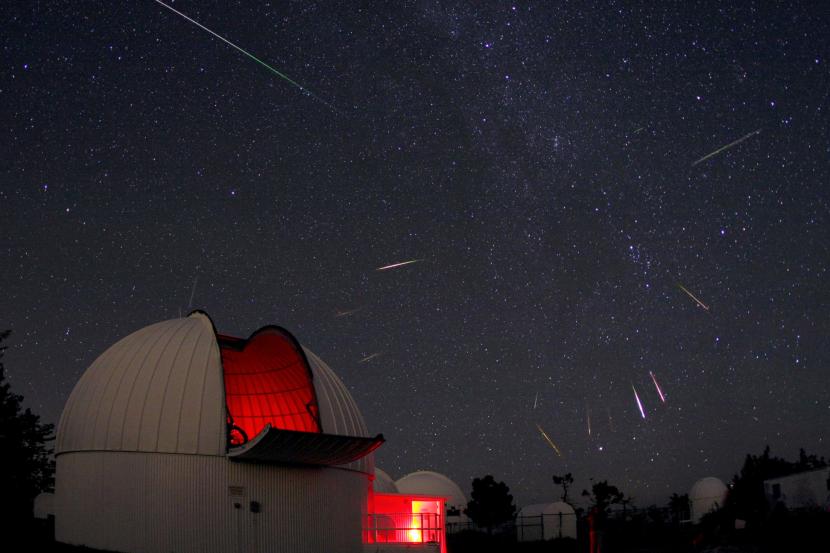
This August, the Perseid meteor shower dazzles dark skies. With the shower’s peak on the 12th and 13th, it’s time to unwrap a nice blanket, choose a clear stargazing spot, and take a moment and simply look up.
Considered by many as the best annual sky watcher’s event, we can thank Earth’s bombardment into the tail of Comet Swift-Tuttle. NASA’s Jet Propulsion Laboratory predicts 100 meteors per hour may scatter the sky, enough to give many wishes upon “shooting stars”, a term widely used yet completely incorrect. If stars flew into the Earth’s atmosphere at the distance and speed of a meteor, the planet’s crust would fry and the atmosphere dwindle away as the first “star” closed in on us. With no atmosphere to shield us, the charged particles of the sun and the incoming star would obliterate all life on Earth. Perhaps a “shooting meteor” substitutes better.
Comets are similar to giant cosmic snow cones composed of frozen gases, rocks, and dust particles. When approaching the sun during its orbit, an atmosphere envelopes the comet, known as a coma, potentially measuring thousands of kilometers in diameter. Theatrically, comets may have delivered the ingredients to life on Earth millions of years ago in the early stages of the solar system. Swift-Tuttle’s space debris is the source of the meteors we see illuminate the night sky.
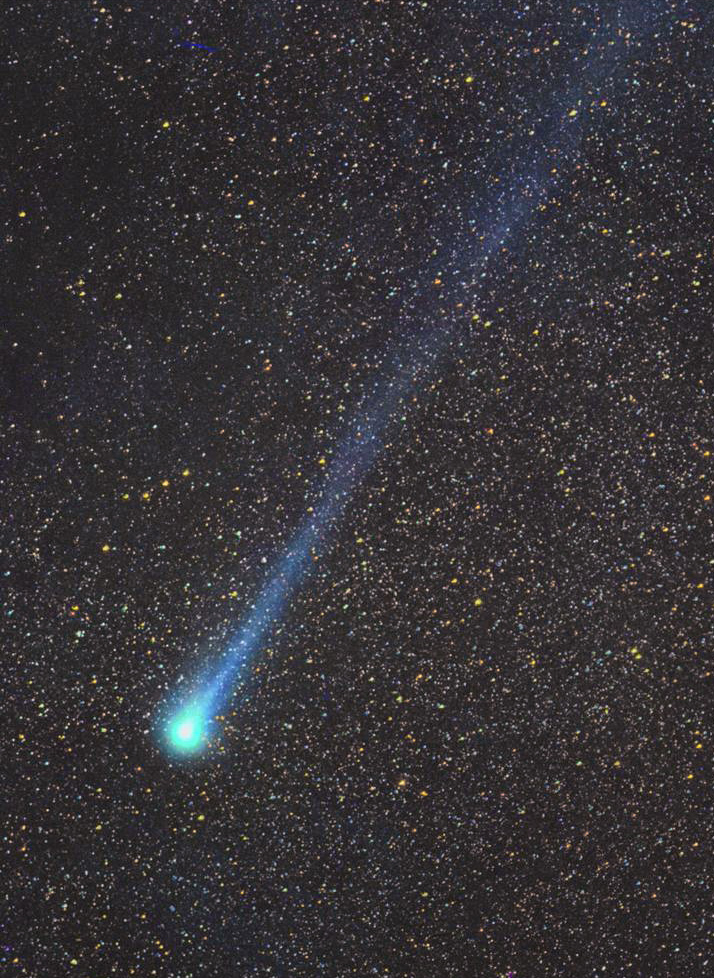
Swift-Tuttle passed near Earth in 1992, and will not return until 2126, with an orbit period of 133 years. Short period comets, ones which complete a full orbit in under 200 years, originate from an icy domain known as the Kuiper Belt, located 30 to 55 AU from Neptune’s orbit. The comet’s nucleus measures 16 miles in diameter, twice the size of the one that crashed into Earth 66 million years ago and wiped out the dinosaurs. Lucky for us, Swift-Tuttle will not provide a similar fate.
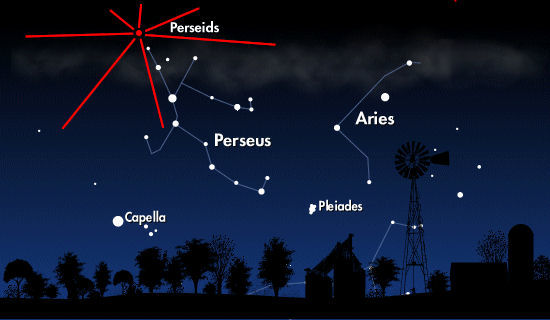
Meteor showers receive their names from the closest constellation that they pass through. To locate the Perseids, look to the constellation Perseus in the Northern Hemisphere.
Enjoy this annual summer treat for those in the Northern Hemisphere!
– Julia
Sources: NASA Solar System Exploration, Space.com, University of Arizona
